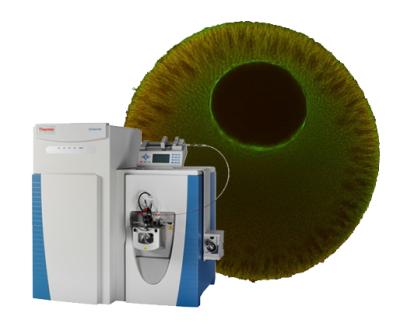Evidence for widespread cytoplasmic structuring into mesoscale condensates
Type
Compartmentalization is an essential feature of eukaryotic life and is achieved both via membrane-bound organelles, such as mitochondria, and membrane-less biomolecular condensates, such as the nucleolus. Known biomolecular condensates typically exhibit liquid-like properties and are visualized by microscopy on the scale of ~1 µm (refs. 1,2). They have been studied mostly by microscopy, examining select individual proteins. So far, several dozen biomolecular condensates are known, serving a multitude of functions, for example, in the regulation of transcription3, RNA processing4 or signalling5,6, and their malfunction can cause diseases7,8. However, it remains unclear to what extent biomolecular condensates are utilized in cellular organization and at what length scale they typically form. Here we examine native cytoplasm from Xenopus egg extract on a global scale with quantitative proteomics, filtration, size exclusion and dilution experiments. These assays reveal that at least 18% of the proteome is organized into mesoscale biomolecular condensates at the scale of ~100 nm and appear to be stabilized by RNA or gelation. We confirmed mesoscale sizes via imaging below the diffraction limit by investigating protein permeation into porous substrates with defined pore sizes. Our results show that eukaryotic cytoplasm organizes extensively via biomolecular condensates, but at surprisingly short length scales.

